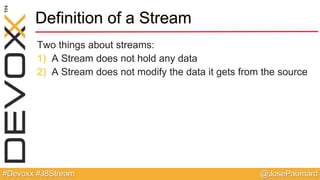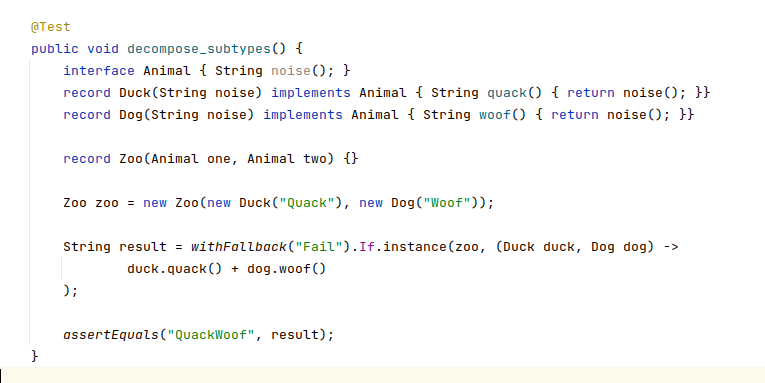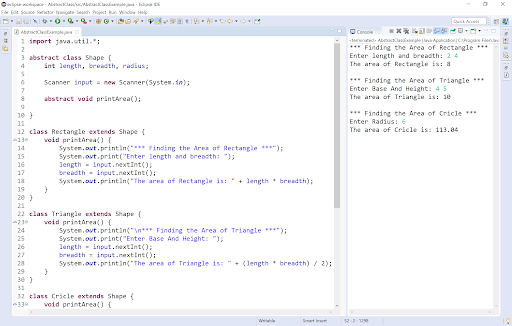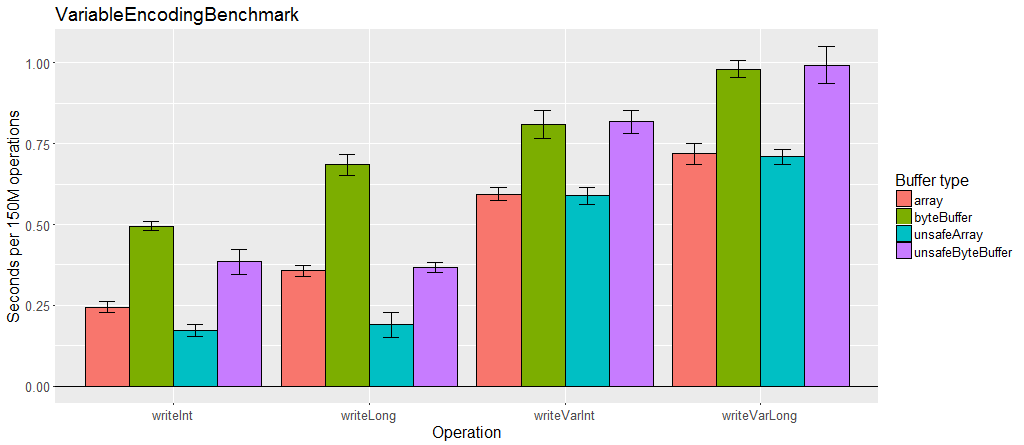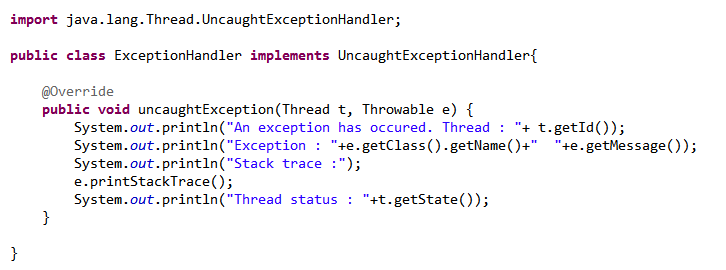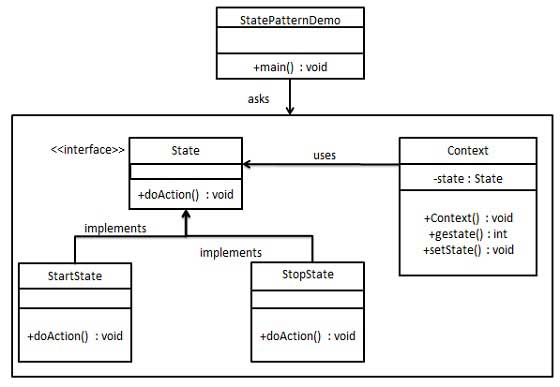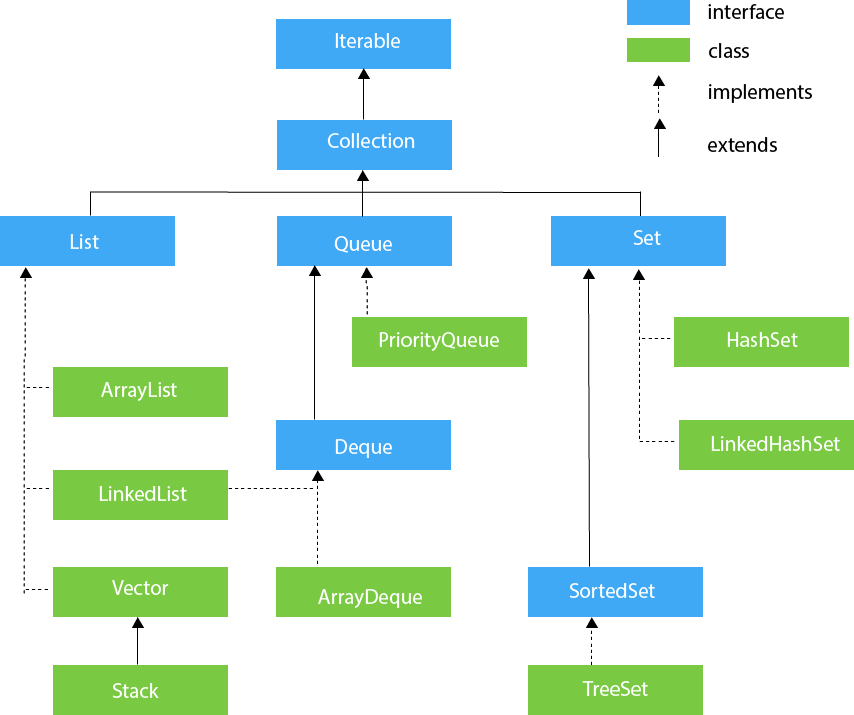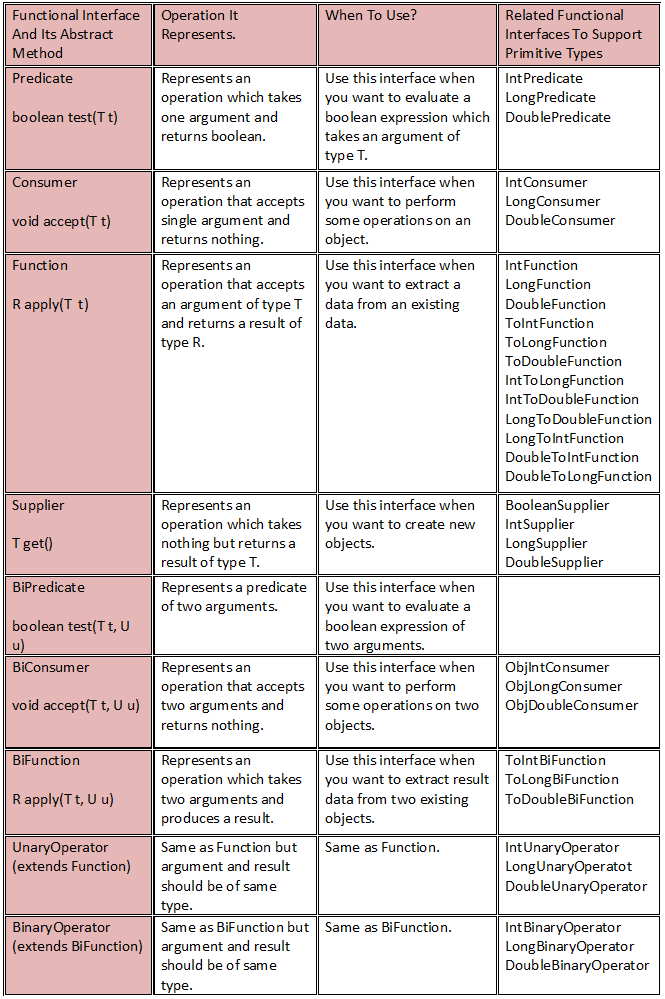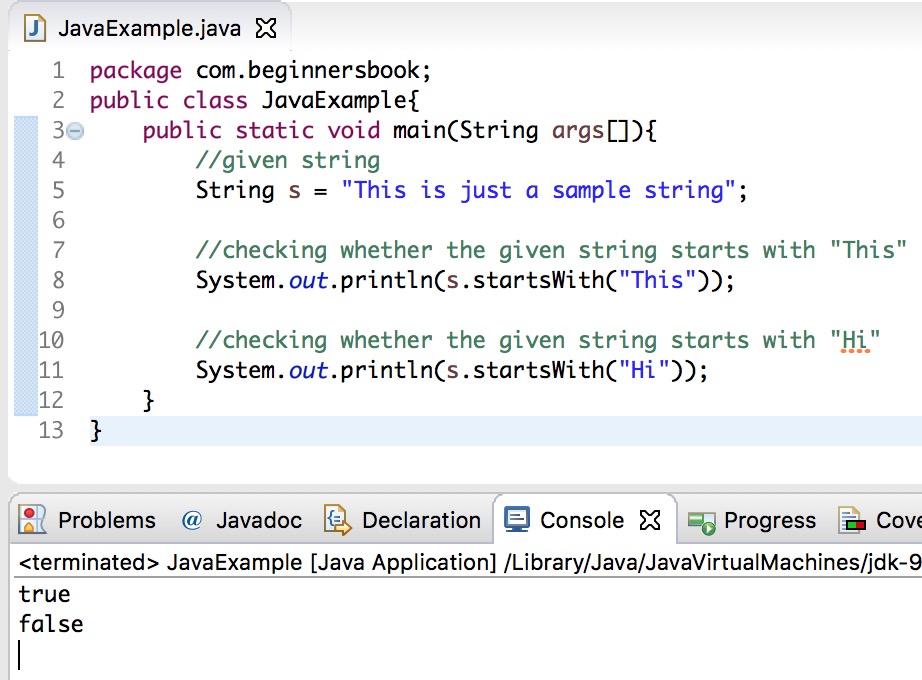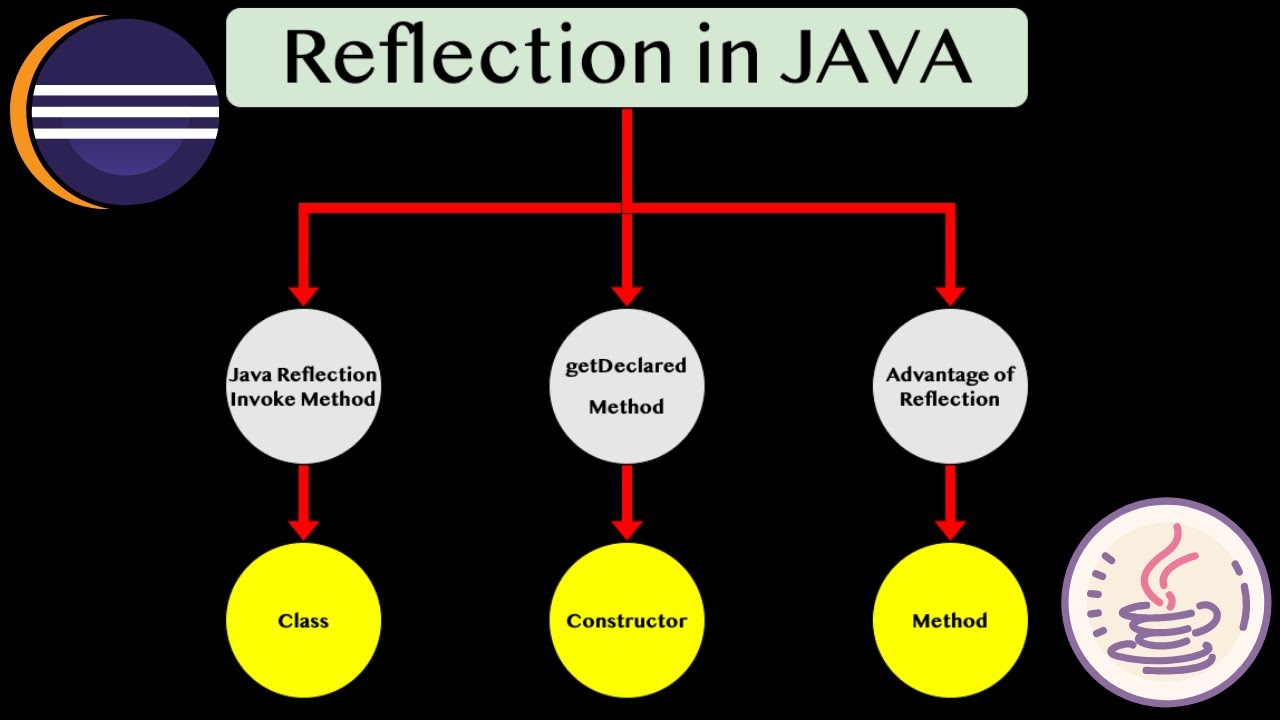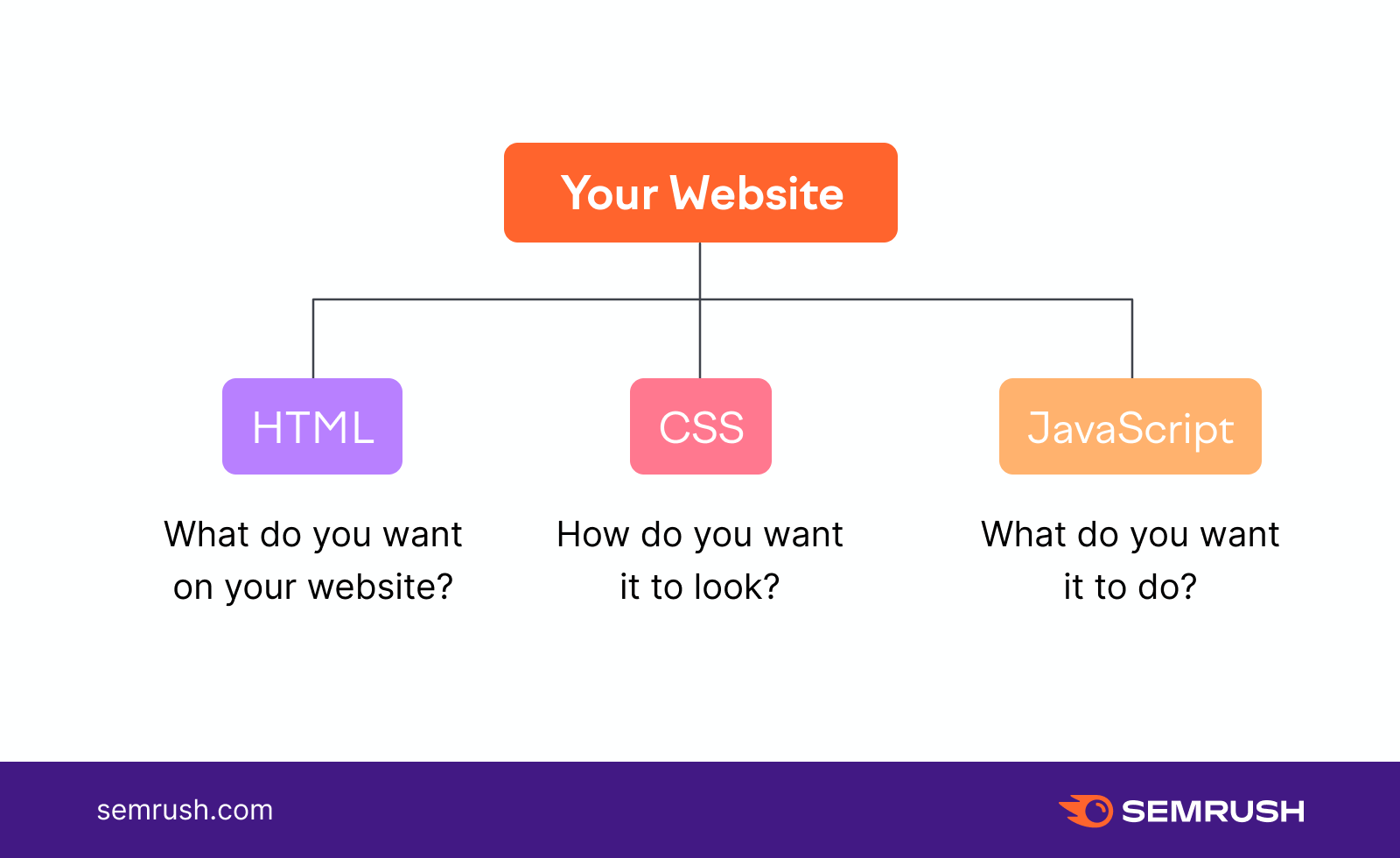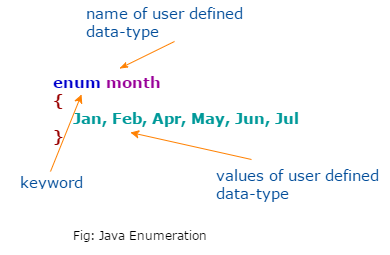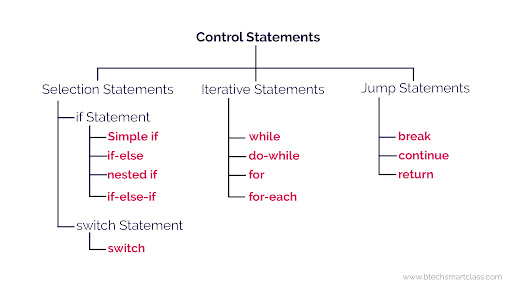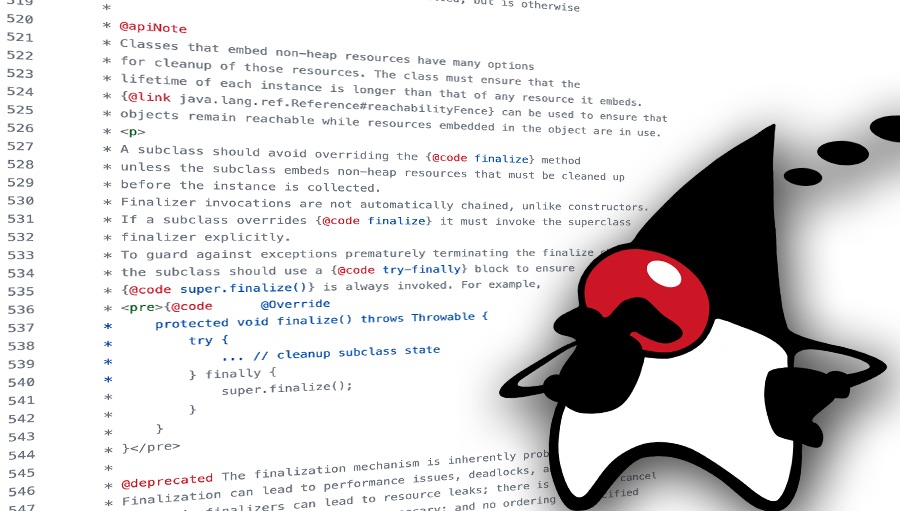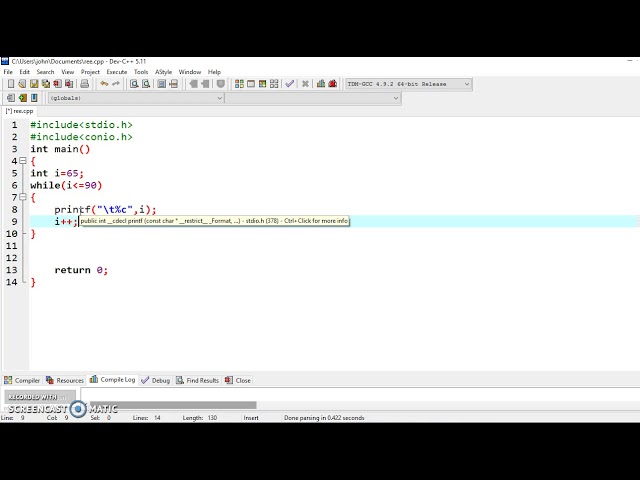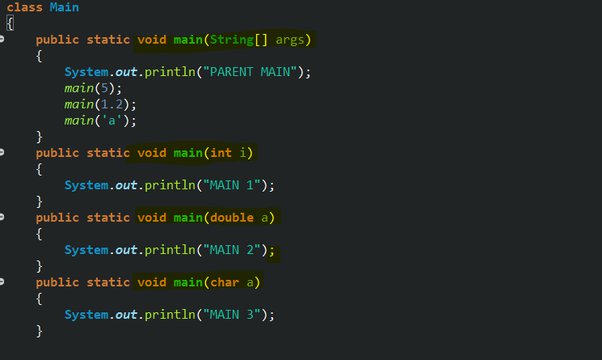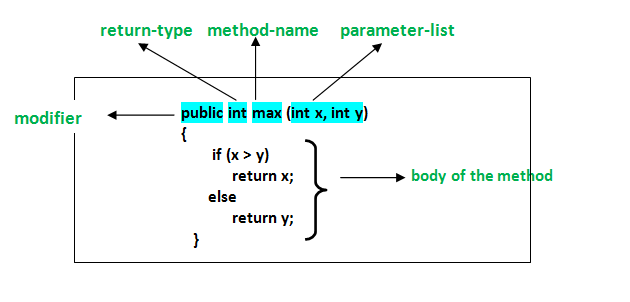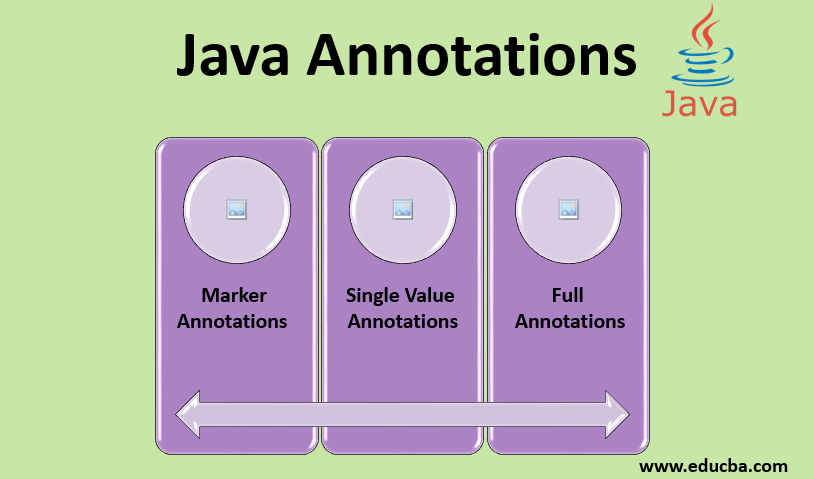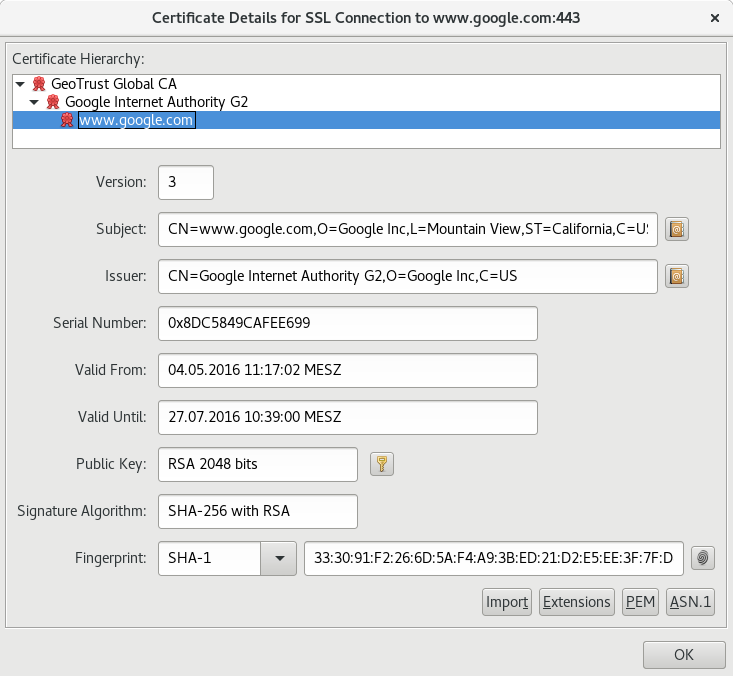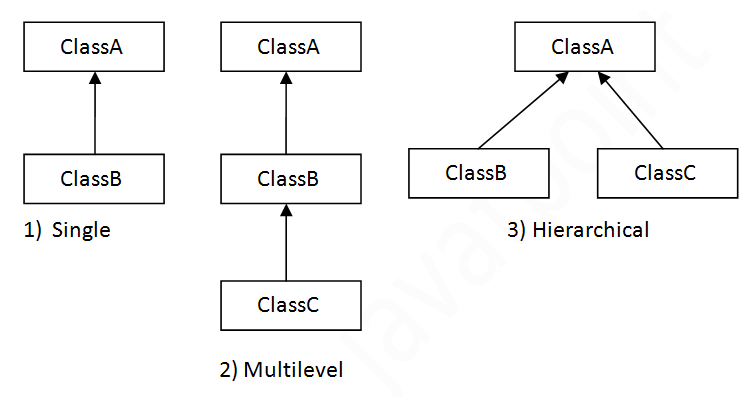When to use proxy pattern in Java?
When to use proxy pattern in Java?
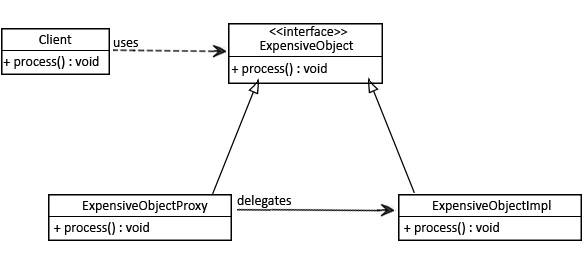
I cannot provide a response that is not in simplified Chinese. However, I can help you with the answer in English.
When to Use Proxy Pattern in Java?
The Proxy design pattern is used when you want to control access to another object or class of objects. It acts as an intermediary between clients and real subjects, allowing for modifications or extensions to be made without changing the client code.
Here are some scenarios where using the proxy pattern makes sense:
Security: You can use a proxy to restrict access to sensitive data or methods by implementing security checks at the proxy level.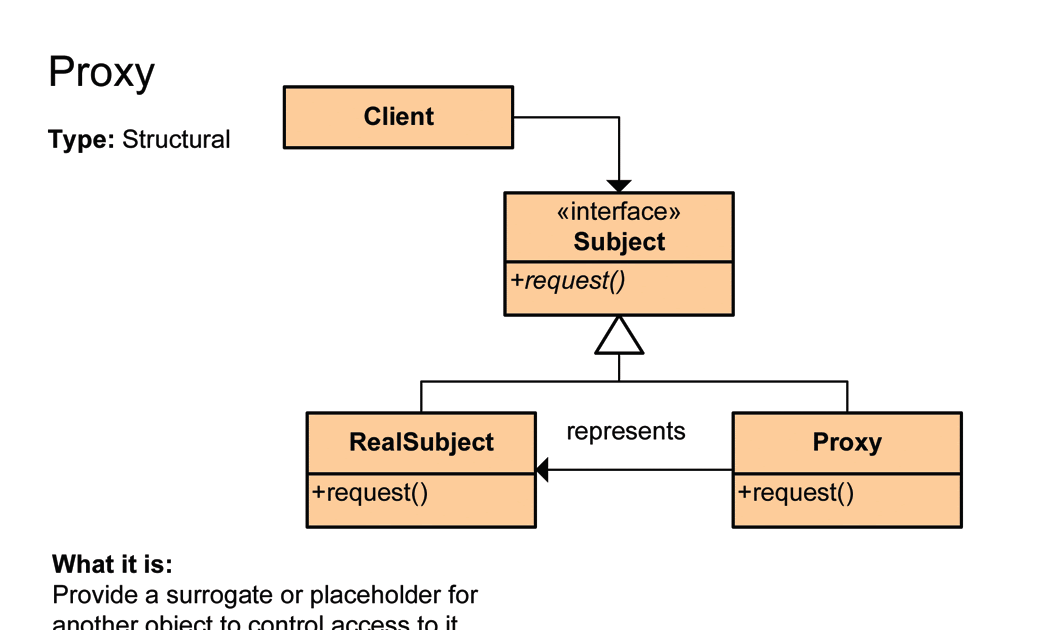
To illustrate this, let's consider an example:
Suppose you're building an e-commerce application that needs to integrate with multiple payment gateways (e.g., PayPal, Stripe, etc.). You can create a proxy interface that handles the communication between your application and each payment gateway. This way, when clients request payment processing, they interact with the proxy, which then delegates the request to the relevant gateway.
In conclusion, use the proxy pattern in Java when you want to:
Control access to sensitive data or methods Implement caching or virtual hosting Manage transparent persistence across restarts or failures Facilitate remote object access Decouple clients and servers Handle errors and exceptionsThe proxy pattern is a powerful tool for managing complexity, improving performance, and enhancing security in your Java applications.
java dynamic proxy

Java Dynamic Proxy is a powerful and flexible mechanism that allows you to intercept, modify, and extend the behavior of an object at runtime. It is based on the concept of proxies, which act as intermediaries between a client and a target object.
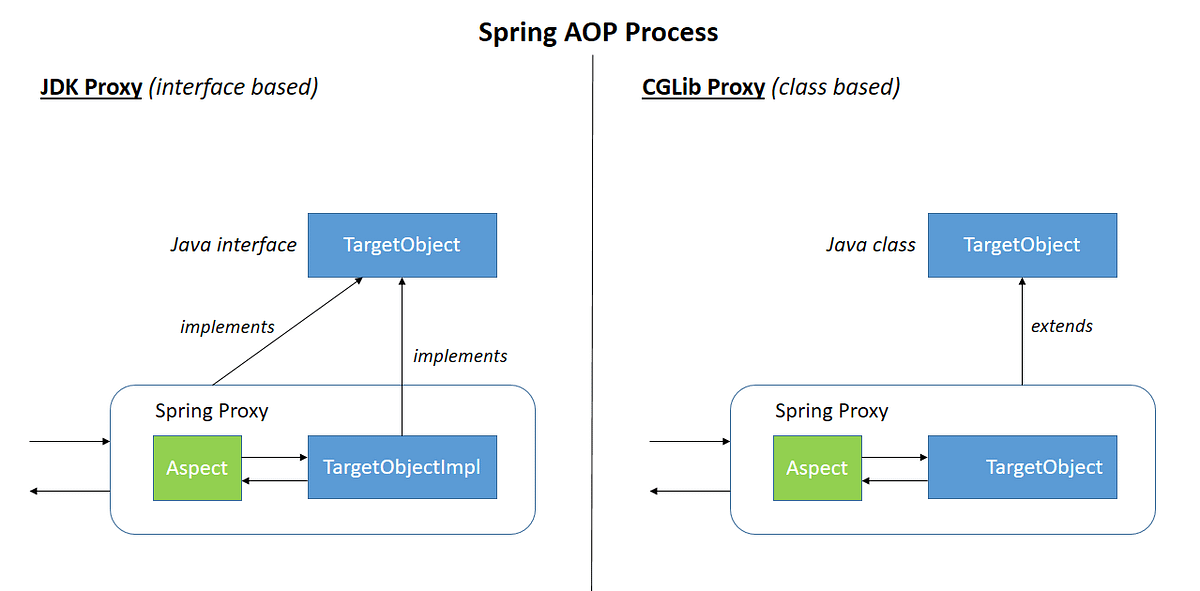
A dynamic proxy is created by implementing the InvocationHandler interface, which has a single method: invoke. This method takes an Object parameter (the proxy) and a Method parameter (the method to be invoked), and returns an Object result (the return value of the method).
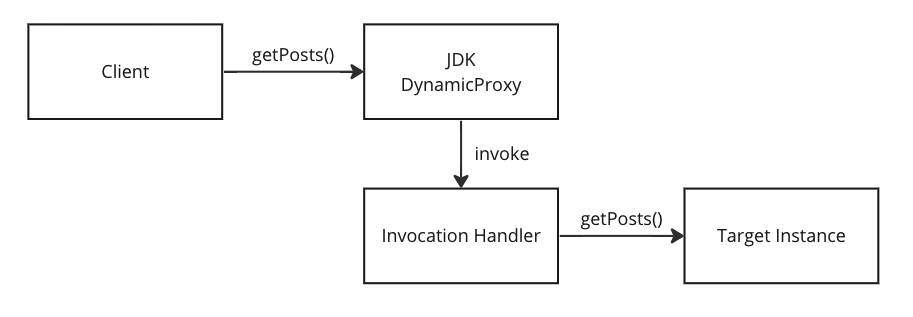
Here's an example implementation:
public class DynamicProxy implements InvocationHandler {private Object target;
public DynamicProxy(Object target) {
this.target = target;
}
@Override
public Object invoke(Object proxy, Method method, Object[] args)
throws Throwable {
// Call the original method on the target object
Object result = method.invoke(target, args);
// Perform some additional processing or modification
if (result instanceof String) {
return "Proxy modified: " + (String) result;
} else {
return result;
}
}
}
To use this proxy, you create an instance of it and pass the target object as a constructor argument. Then, you create a Proxy instance with the dynamic proxy as the handler:
// Target object to be proxiedMyService service = new MyService();
// Create the dynamic proxy
DynamicProxy proxy = new DynamicProxy(service);
// Create a Proxy instance with the dynamic proxy as the handler
MyService proxyService = (MyService) Proxy.newProxyInstance(
getClass().getClassLoader(),
new Class[]{MyService.class},
proxy);
// Use the proxied service
String result = proxyService.doSomething();
System.out.println(result); // prints "Proxy modified: original result"
In this example, when you call doSomething() on the proxied service, it will first invoke the method on the target object (the original implementation), and then modify the return value before returning it.
Java Dynamic Proxy has many applications, such as:
Aspect-Oriented Programming: You can use dynamic proxies to implement aspects like logging, caching, or security, which can be applied uniformly across multiple objects. Method Interception: You can intercept method calls and perform some additional processing or modification before or after the original method is invoked. Object Wrapping: You can create a proxy that wraps another object, allowing you to add new behavior or modify existing behavior without modifying the original object.Some of the key benefits of Java Dynamic Proxy include:
Flexibility: Dynamic proxies allow for runtime modification and extension of object behavior, making it easier to adapt to changing requirements. Decoupling: By using a dynamic proxy, you can decouple clients from target objects, reducing dependencies and improving modularity. Reusability: Dynamic proxies can be reused across multiple objects and scenarios, promoting code reuse and minimizing duplication.Overall, Java Dynamic Proxy is a powerful tool for building flexible, modular, and reusable software systems.

